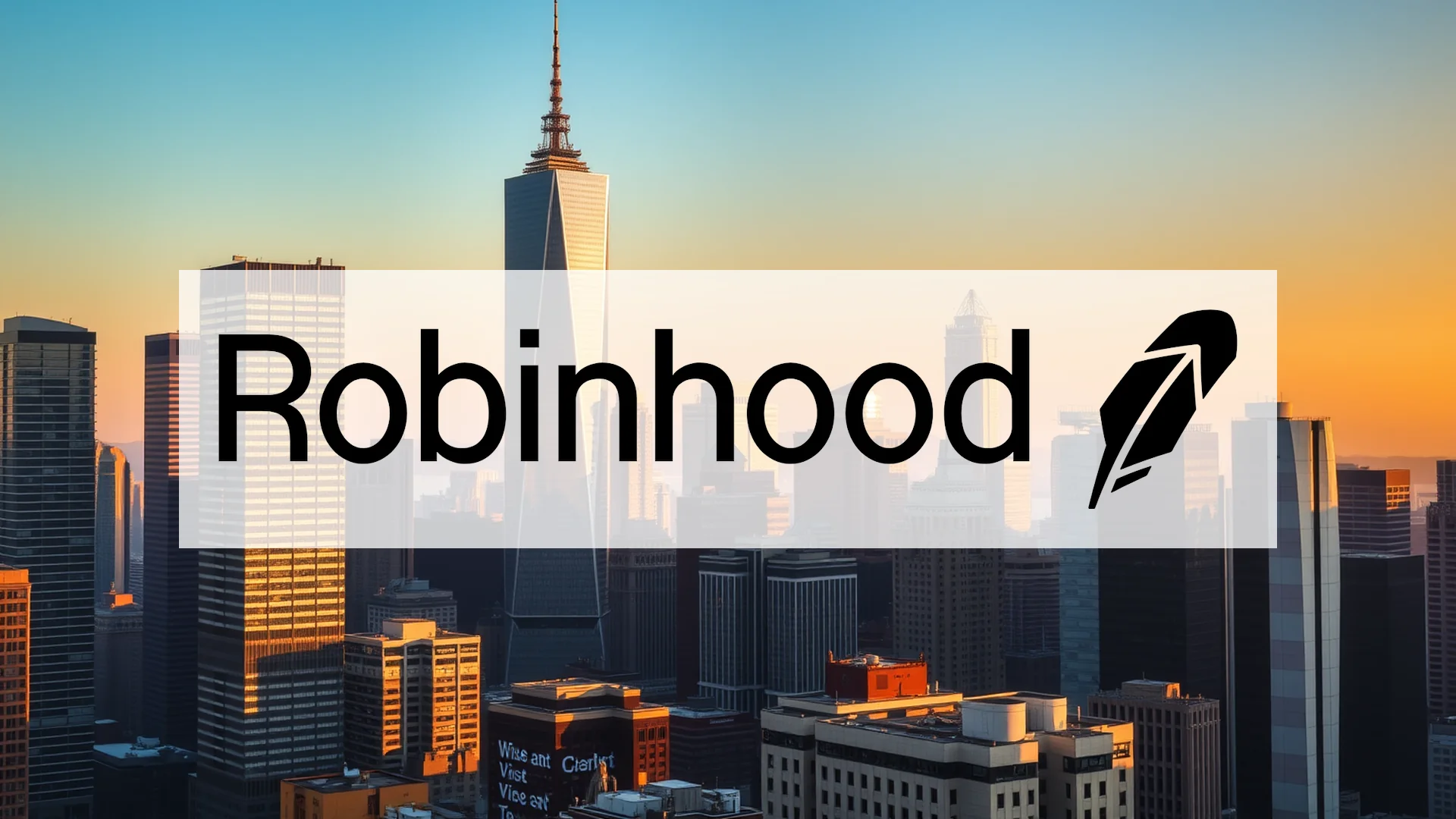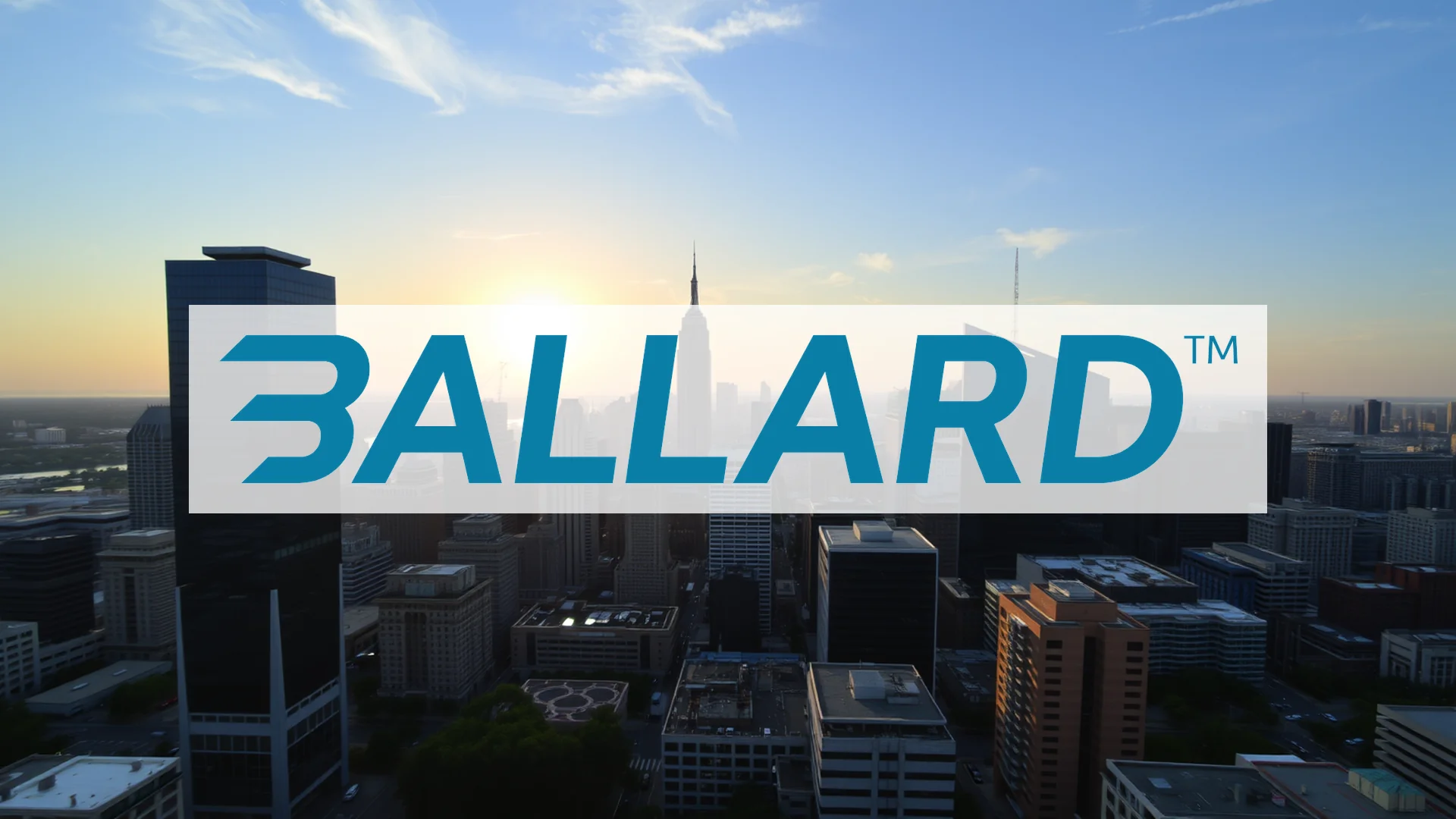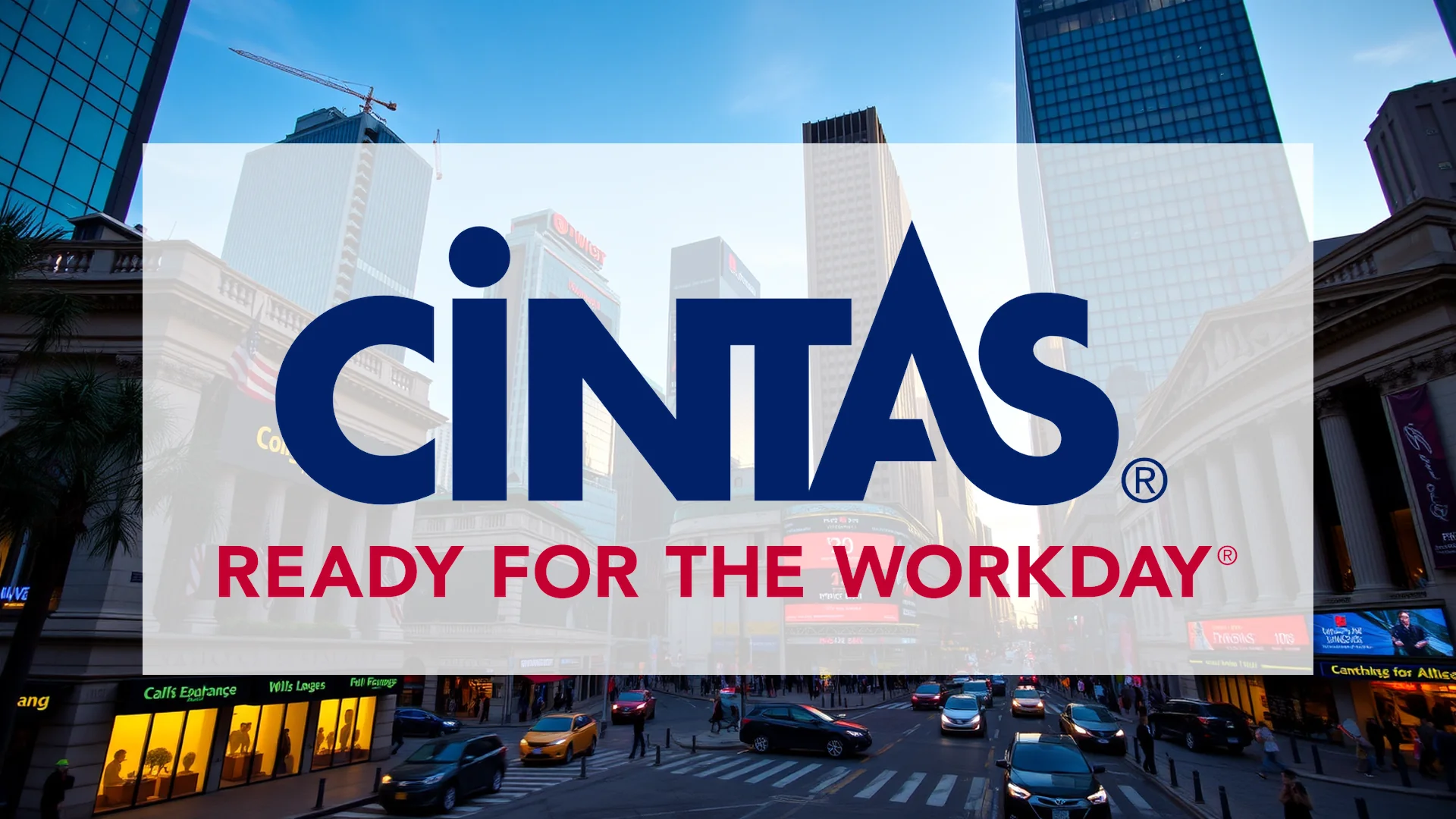Robinhood Markets Inc. shares are experiencing significant downward pressure as institutional investors capitalize on the trading platform’s remarkable gains. The current pullback follows an extraordinary rally that saw the stock surge more than 200% since the beginning of the year, prompting questions about whether this represents a healthy market correction or the start of a more concerning trend reversal.
Valuation Concerns Mount Amid Record Highs
The stock’s current valuation presents a worrying picture for market observers. Trading at a price-to-earnings ratio exceeding 37, Robinhood shares haven’t been this expensive since the company’s initial public offering in 2021. This premium valuation has triggered a wave of profit-taking among major investment firms.
Recent regulatory filings reveal substantial selling activity from institutional holders. Kessler Investment Group disposed of shares valued at $11.5 million, while Shikiar Asset Management reduced its holdings by 19.3% during the second quarter. These moves suggest growing caution among sophisticated investors despite the stock’s impressive performance.
Analyst Sentiment Remains Cautious
Market analysts have expressed reservations about Robinhood’s current price levels. While both Citigroup and Morgan Stanley have raised their price targets, they maintain conservative “Neutral” and “Equal Weight” ratings respectively. One market researcher from The Motley Fool offered an even more bearish assessment, suggesting the stock would need to decline over 70% to align with historical valuation averages.
Should investors sell immediately? Or is it worth buying Robinhood?
Regulatory Challenges and Business Headwinds
Beyond valuation concerns, Robinhood faces mounting regulatory pressure in Massachusetts regarding its sports betting operations. State authorities have accused the company of attempting to circumvent sports betting enforcement through litigation against the state. This legal confrontation specifically threatens the promising partnership with Kalshi for prediction markets—an area identified as a potential growth driver.
More troubling are emerging weaknesses in the company’s core operations. Cryptocurrency trading revenue plummeted 55% year-over-year in the second quarter to just $160 million. This dramatic decline contributed to overall revenue contraction for the second consecutive quarter, drawing unsettling parallels to 2022 when a cryptocurrency market collapse triggered a 90% stock price decline.
Critical Earnings Report Approaches
Market attention now focuses on November 5, when Robinhood will disclose third-quarter financial results. This upcoming earnings report will reveal whether the company can reverse its recent negative trends. Key metrics to watch include cryptocurrency trading volumes, user growth figures, and the financial contribution from the Kalshi partnership.
The coming weeks will determine whether the current stock retreat represents a temporary pause in an ongoing bullish trend or signals the deflation of a speculative bubble. With shares trading at elevated levels, Robinhood has minimal room for disappointment in its upcoming financial disclosures.
Ad
Robinhood Stock: Buy or Sell?! New Robinhood Analysis from November 25 delivers the answer:
The latest Robinhood figures speak for themselves: Urgent action needed for Robinhood investors. Is it worth buying or should you sell? Find out what to do now in the current free analysis from November 25.
Robinhood: Buy or sell? Read more here...










